Maintaining your community’s public spaces is critical to the image your community puts forward to residents, visitors and potential buyers. Frequent updating and polishing of common areas—particularly high-visibility, high-traffic areas like lobbies and hallways—is a necessary part of any regular maintenance program. Occasionally, more involved work may be needed to keep common areas in top shape. Regardless of the scale and scope of a project however, employing a design professional can help execute it more successfully. But there are so many pros out there, and taste is so subjective. How do boards, design/architecture committees, and their hired designers work together? Let’s take a look.
Finding the Right Designer
So how does the board of a shared interest community find an interior designer to coordinate and execute a renovation or upgrade project, be it large or small? If you’ve got a manager, the process generally starts with them.
According to Ian Novak, a vice president with FirstService Residential in Chicago, “Contacts are based mostly on referrals. The board, with the help of a project committee if utilizing one, typically issues a rough plan, an idea, of what they want. They locate a designer by getting referrals from other associations or friends, or the managing agent.”
“In terms of finding and hiring a designer, it generally starts with your managing agent,” agrees Kevin McGowan, owner of Forbes-Ergas, a design firm located in New York City with clients throughout the New York-New Jersey metro. “The agents know us and recommend us to their clients. The relationship starts there. Ultimately the community’s board makes the decision to hire.”
The process of finding a designer is often inspired by what the community’s needs are. “It’s project-driven,” says Barbara Pervier, proprietor of Salem, Massachusetts-based BP Interiors. “All interior design is, really. There are different types of designers,” she continues. “One is known as a specifier. This type of service is common with smaller associations. The designer comes in, looks around, and specifies what’s needed. Then there’s what’s known as a supplier, who also provides the materials needed to do the job. A supplier will procure the various supplies needed to finish the job. In the case of a specifier, the HOA does its own procurement. A third category is a designer who also supplies furniture, furnishings and accessories.”
Making the Right Choice
In considering which design professional to work with, there are certain red flags to watch out for, says Marilyn Sygrove, proprietor and owner of Sygrove Associates Design Group, also located in New York City. With years of experience in markets in both New York and New Jersey, she urges boards to be mindful of the following:
“When hiring a designer,” Sygrove says, “consider the three C’s: capability, confidence and comfort. It’s extremely important to avoid being the guinea pig for a new designer, or a residential decorator who has never done any projects for public spaces in co-ops and condos. A client must have confidence in their chosen designer as well. It takes experience and a highly skilled designer to get a board through a design project. Lastly, comfort. The board must be comfortable with the personality of the designer and their team. This is essential for a successful project. It is a synergy that must work, or it will be a struggle from day one.”
The Process
Like every other project, design projects, whether big or small, are subject to a bidding and interview process that starts with several prospective vendors and eventually whittles its way down to one. In most cases, the process looks something like this:
Managing agents reach out to prospective design firm candidates. They review the work to be done and its scope with the candidates. The designers submit a proposal, which in turn goes to the board. Then the board interviews the various candidates provided by the manager, along with anyone else they might want to consider, and from those interviews, selects one of the candidates. Some boards have a design subcommittee, in which case the interviewing and vetting may be done by the subcommittee with the whole board voting on the final one or two candidates. “In the end,” says Novak, “the two—the designer and the board—must be a match.”
How Things Happen
Once a designer is hired, what happens next? How does the job get done? Who is responsible for what? Generally, the designer is now in charge of the project, but of course there are checks and balances. The board will want periodic progress reports, and to make sure work is being properly completed in line with each payment dispersal.
“The designer will make recommendations for a general contractor,” explains Sygrove, “and sometimes the subcontractors to do the work, and any specialty trades. Ideally, the property management team will know these recommended professionals and also add to the list, so that the bidding is one hundred percent fair and transparent. Don’t fall into the trap that the designer has a ‘preferred’ contractor and will only work with them. Be wary of that.”
“For us,” says McGowan, “we break things out as a general contractor (GC) and then add trades, contractors like carpet or locksmiths, et cetera. If it's related to GC and carpet, that goes to multiple bids and the client—the board, in the case of a condominium association—decides after interviewing who to hire. Other vendors, like a locksmith or a signage vendor, are selected by us. We specialize in this type of work, and we work with GCs who do as well. We go to them for bids, but if a client has a contractor to bid, they’re welcome too. In any event, as the designer we run the overall job.”
Payment
While the designer coordinates and helms the actual work of a project, ultimately, who has the final say over the job? The hand that writes the checks. That’s the board.
“Payment is generally directly from association to everyone [involved with the project],” says Novak. “It follows a contractual agreement, with fixed prices or hourlies. Depending on the contract, payments are made in stages based on deliverables. Some items, like furniture, may require a down payment up front. Like any project, all completed work on a design project needs to be verified as completed, and final payment should not be made until a final walk-through is completed. A punch list should be generated and checked off as complete for final payment. That should also be stipulated in the agreements. Lastly, make sure all contracts are reviewed by your association’s attorney. He can’t help you when things go sideways if he’s not in the loop all the way through.”
According to Sygrove, “Designers typically get a 10 percent retainer to start a project, and get monthly progress payments for work they submit thereafter, based on the percentage of the work completed at the site. As a rule of thumb, design fees can be roughly figured as follows: 1/3 on the design phase, 1/3 bid document phase, 1/3 project administration phase. General contractors typically get a 25 percent deposit to start the project so they can begin to purchase materials, then monthly progress payments based on work done at the site or in a shop; things like millwork.”
“In the New England market,” says Pervier, “some designers work on a flat fee plus a percent of goods provided; some base their fees on overall cost including labor and contractors and such. Some work hourly.”
Licensing & Education
Designers are not generally required to hold a state license or other educational certifications, but should have verifiable references and professional associations to back up their experience and qualifications for a given job. “Ideally you want a National Council for Interior Design Qualification (NCIDQ) certified designer,” Novak says. “However, there are thousands out there who have built careers without that designation.”
“As with everything in life, experience, reputation and outcome should be huge determining factors,” adds Sygrove. “There are very few licensed interior designers in New York State. The critical qualification is track record. That said, there are often outside consultants hired on a project who should be licensed, to ensure that the project meets code. We always recommend a licensed code professional, such as an architect, engineer, or code consultant be considered for most, if not all projects. This is primarily to protect the board from any future events and scrutiny.”
It’s also important to remember that there’s a difference between interior designers, and interior decorators, says McGowan. Designers do go to school to learn their craft, whereas “a decorator is a person with good taste, but they didn’t necessarily go to school for it. They can put things together in a beautiful way, but they didn’t study design in an academic sense. If you’re doing a major project, you need drawings etc., Codes need to be followed, and concerns around issues like durability and ease of maintenance must be addressed.” An interior designer is trained to handle these aspects of a larger project, whereas an interior decorator likely would not.
Vision to Reality
Design jobs may seem secondary compared to, say, replacing a boiler or a roof, but the fact is that they’re an important component in keeping your community functional and appealing, which in turn positively impacts value. That’s why it’s important to give as much time and consideration to finding the right designer as you do to hiring a plumber or HVAC servicer. By hiring the right person, your community can watch its vision come to life.
AJ Sidransky is a staff writer/reporter with CooperatorNews Chicagoland, and a published novelist. He may be reached at alan@yrinc.com.



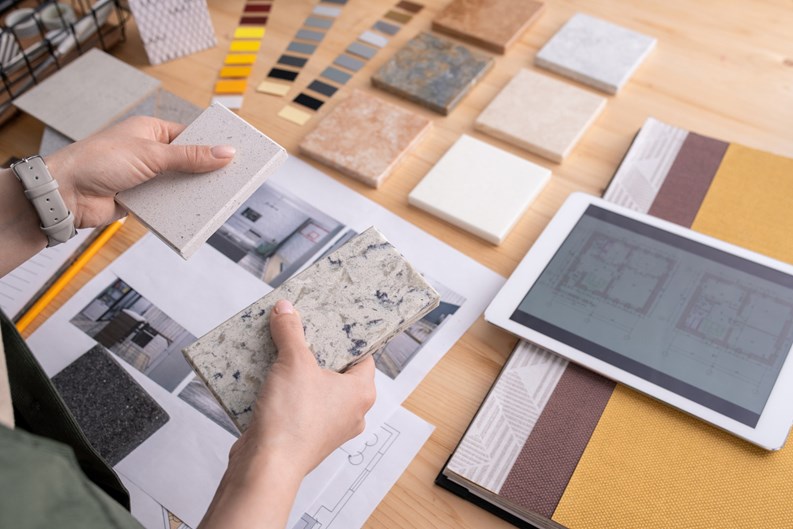

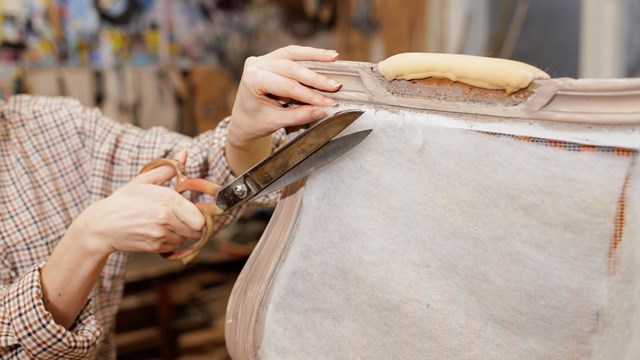
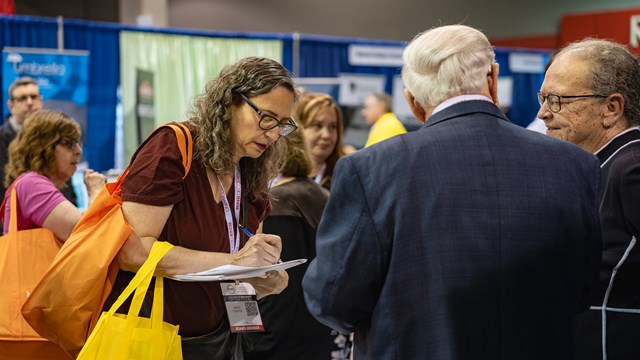

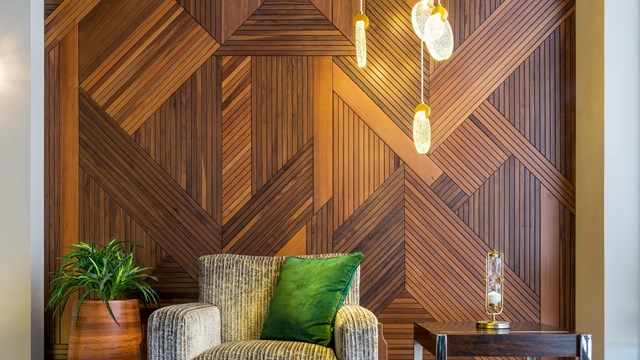
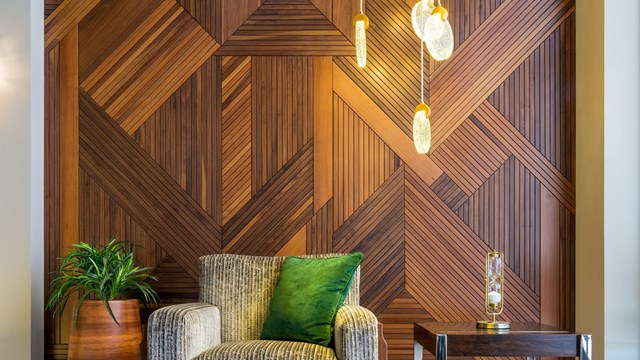
Leave a Comment